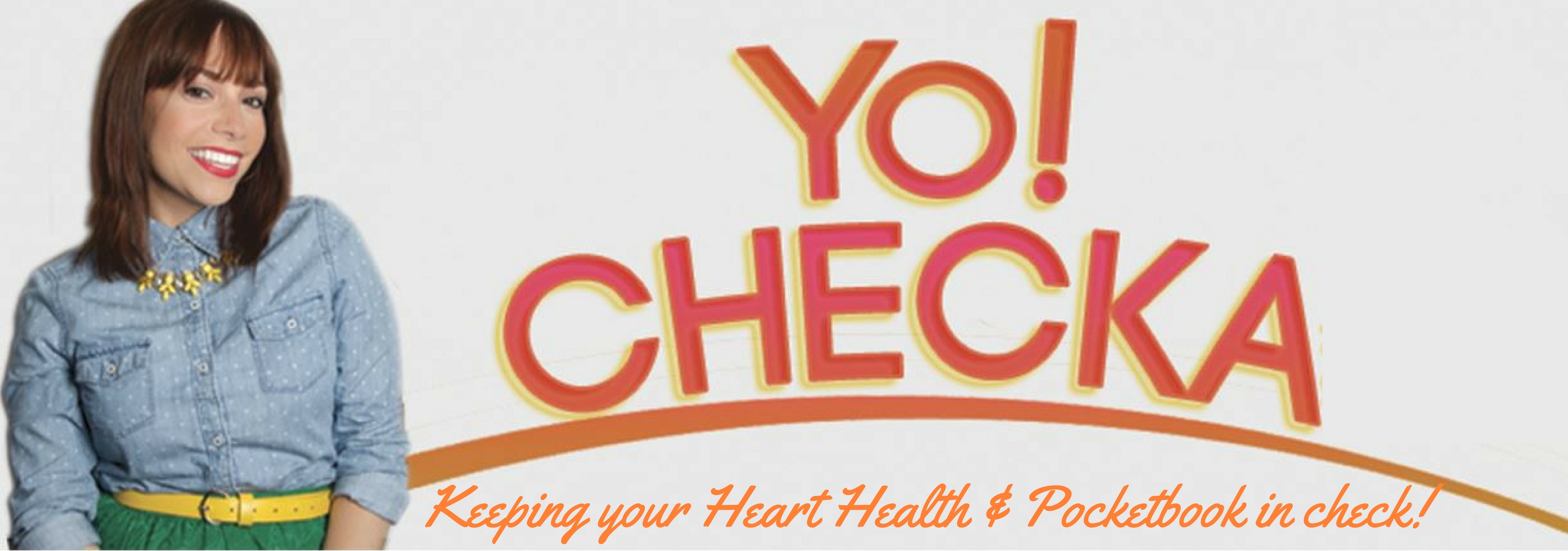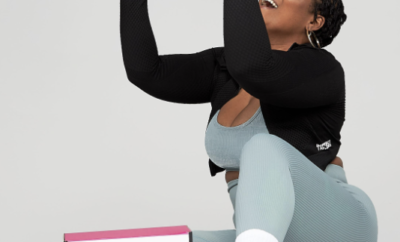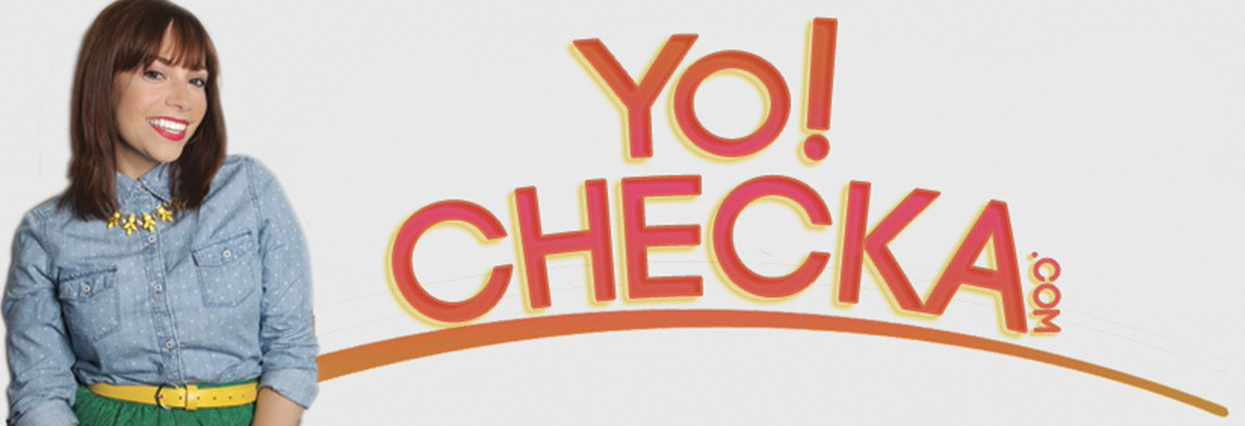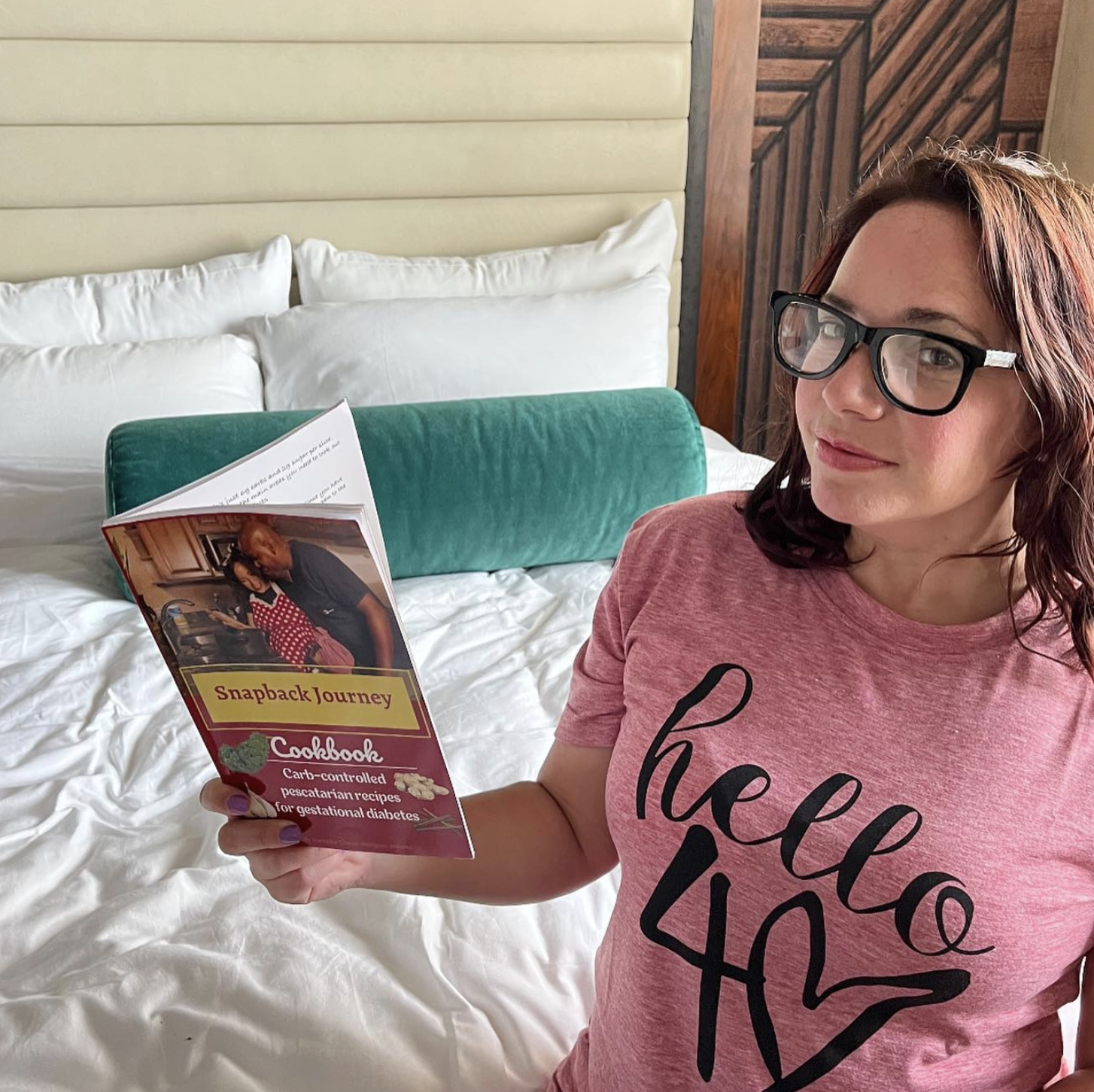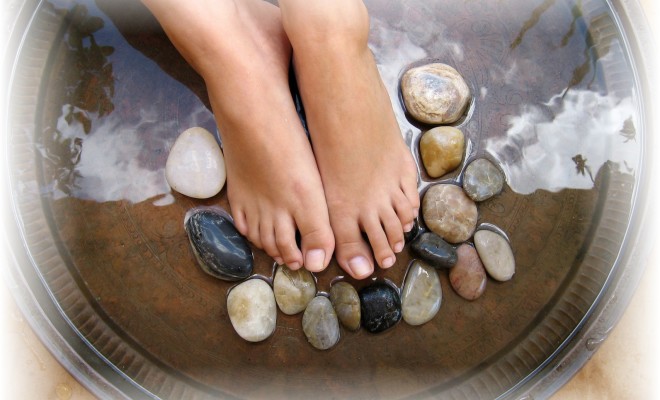
Your feet work hard for you
Feet are remarkable things. They account for more than one-quarter of your body’s 206 bones: 26 in each foot – plus two sesamoids (bones embedded within a tendon)! Each foot also has 33 joints, which work with a complex array of muscles and tendons every time you take a step.
Your feet don’t just take you from place to place. In addition to making you mobile, your feet help you balance, support your body, and act as your body’s shock absorbers, enduring enormous amounts of pressure every day. With that much going on below your knees, it’s no surprise that feet may need some care and attention.
Take good care of them. People often don’t look at their feet until they hurt.
Caring for your feet
Your feet need the same type of the care as the rest of your body:
Keep your feet clean. Wash them daily, and dry them off before putting on socks or shoes.
If your skin is dry and prone to cracking, use a moisturizing cream on your feet at least once a day – but don’t moisturize between your toes because it won’t dry properly. A common problem with dry skin on feet is cracked heels.
Cut toenails straight across and don’t dig down the sides.
Change your shoes every day. This benefits your feet and your shoes. Inside your shoes, it’s dark, warm and wet: a perfect place for bacteria and fungus to grow. It takes 24 hours for your shoes to dry out after you’ve worn them for a day. Letting them air out and dry reduces the chances of developing athlete’s foot, bacteria problems or foot odor. And your shoes will actually last longer because it takes about 24 hours for the materials in the shoe to recover from being walked on.
People with medical conditions such as diabetes need to take special care of their feet, and may need professional help looking after their feet. Although not everyone with diabetes gets neuropathy, which can cause loss of sensation in the feet, it’s important to check feet daily for injuries.
One of the most important things you can do for your feet is to put them in good shoes.
Shoes
Often the outline of the bare foot extends beyond the edge of the shoe.
It’s a good visual to see how much you’re actually crushing your foot up to get into those little tiny shoes. To get a good fit, you want an appreciation for the actual width of your foot.
Many women want shoes that look fashionable and flattering, and that doesn’t always correspond with comfort and a good fit.
Look for a wider fit at the front (rather than narrow or pointy), a padded front section and a more moderate heel. If you want to wear a heel, does it have to be six inches? Probably not. Drop down the height of the heel to two inches or two and a half inches.
Buy shoes in the afternoon, not in the morning. Feet swell during the day, so you’ll get a better fit later in the day.
Orthotics – custom-made shoe inserts – can help alleviate some of the pain associated with footwear.
Dress appropriately for the occasion. If you’re at the office or giving a presentation, wear a shoe appropriate for that. But if you’re doing the grocery shopping, you don’t need a high-fashion shoe. change into a good walking shoe to get to and from work, and save dress shoes for the office.
price is not a good indication of quality. You may be paying for a name brand or where the shoe came from. It might have cost $1,300 but it might not be the best thing for you.
Your feet will thank you for investing the time to find the right shoes.
Bunions
Bunions are one of the most common foot deformities, and in women they are primarily caused by wearing shoes that are too narrow to accommodate the foot.
A bad fitting shoe will actually crush the foot.
Just because you can get your foot into it doesn’t mean the shoe fits comfortably.
The foot is really a loose bag of bones, It’s very floppy, so that’s why you can put it into a poor-fitting shoe. It will squish to accommodate.
In the case of bunions, a shoe that’s too narrow will compress the toes in such a way that creates a bony prominence on the inside of the foot.
If that’s kept under stress – like pressure from the shoe – it will just get bigger and more prominent and swollen and painful. And the little toe undergoes the same kind of pressure from the other side and you get what’s called a little bunionette forming – a mini bunion – on that side so you end up with a pointy foot.
Add a heel into the equation, and you’re adding more pressure to the metatarsal area at the front of the foot, overloading that part of the foot. That can lead to heavy calluses and painful corns.
Once a bunion is formed, it’s difficult to get rid of. Orthotics can slow down its progression, but they won’t cure it, correct it or change it once it’s formed.
Bunions can be corrected with surgery, but the surgery isn’t always successful. And if the foot is exposed to the same conditions that caused the bunion in the first place – wearing the same type of shoes – it will likely return after surgery. Turner suggests doing some research before committing to surgery, and having a conversation with the surgeon about what results to expect, recovery, and the likelihood of the bunion returning.
Other foot problems
Heel pain is one of the most common foot complaints. There are several possible causes, including flat feet, very high arches, and plantar fasciitis. An assessment by a chiropodist can help to identify the cause. Heel pain caused by biomechanical issues such as flat feet can often be addressed with orthotics that support the foot and help it function better.
Calluses and corns are caused by too much pressure on the area. Severe or painful corns should be treated by a professional. But even if removed, corns and calluses can return if the foot is exposed to the same pressures that caused them in the first place (usually poorly fitting shoes).
For ingrown toenails, see your physician or a foot specialist if it doesn’t improve. You don’t want it to get infected and get worse; this is especially important for people with other medical issues. Anyone with a comorbidity or other health problem like diabetes shouldn’t wait to seek medical attention.
Check your nails for problems, and see a physician to clear up things like thickened toenails. If it’s caused by a fungus, there are fungal treatments. You might want to see a chiropodist or a podiatrist to have the nails reduced in terms of thickness if you’re having problems cutting them.
Your feet work hard for you, so be aware of them, and dont’ let problems go untreated.
If you notice a change in your feet – lesions, toenail changes – see your physician or your foot specialist. The sooner you address things the better.
Health, Heart & Pocketbook!
Facebook/IG/Twitter: Artiesuniverse
